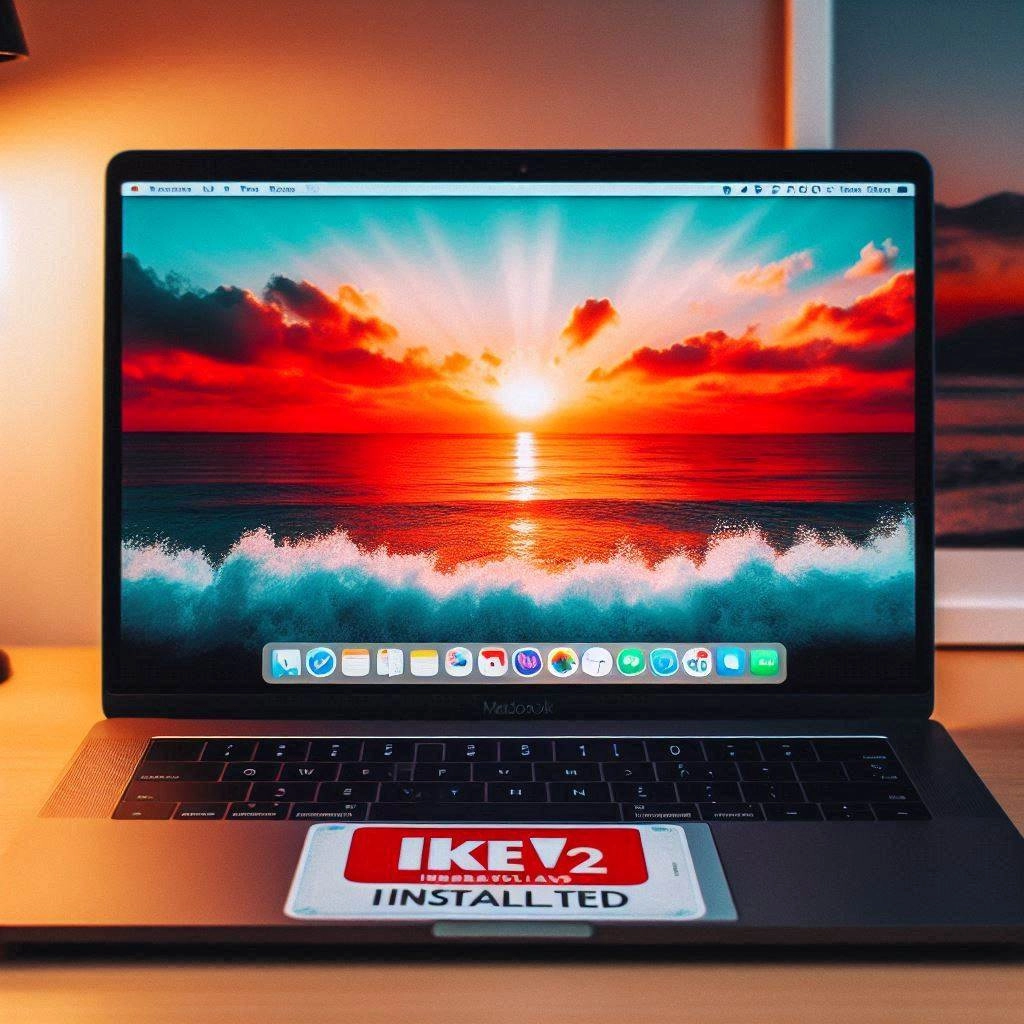Setting up IKEv2 VPN on iOS: a guide for users

Connecting to an IKEv2 VPN on iOS provides a secure and encrypted connection to the Internet, protecting your privacy and data from unauthorized access. This protocol also provides fast and stable communications, making it an attractive choice for bypassing geographic restrictions and providing anonymity when using the Internet. Today we will show you how to manually set up a connection to an IKEv2 VPN on your iOS device.
Installing IKEv2 VPN on iOS: step-by-step guide
Before we begin the setup process, we need to prepare. You will need:
- A VPN account, such as FastVPN, which will provide you with a safe and secure connection to the Internet. If you don't have an account yet, you need to download and register in the service.
- Access to your account. Make sure you have access to your account, in our case FastVPN, as you will need information to set up your connection.
Now you can proceed to the settings:
To set up an IKEv2 VPN, open the settings of your iOS device and select "General". Then scroll down and select "VPN". Click on the "Add VPN configuration" button. Select the IKEv2 protocol from the list of available options.
Now let’s move on to filling out the setup information:
- Type: select IKEv2.
- Description: This can be any description that will help you identify this VPN server.
- Server: Select your preferred server from the list available in your FastVPN account.
- Remote ID: Enter the same address as in the Server field.
- Local ID: leave this field blank.
- User Authentication Type: Select "Username".
- Username: This is your FastVPN username.
- Password: Enter the password for your FastVPN account.
- Proxy settings: make sure they are turned off.
- After entering all the data, click “Done” to complete the setup.
Connect to VPN on iOS
To activate the connection, select the created IKEv2 VPN configuration and enable the VPN by moving the "Status" button to to the "On" position. When the connection is successful, you will see a green status confirming the active connection.
To make sure that your IP-address has changed, open your web browser and check what your current network address is. If the connection is successful, the IP address should be different from the previous one and indicate the use of the anonymous and private IP-address provided by FastVPN.
Use this guide to clearly and easily set up an IKEv2 VPN on your iOS device and enjoy secure and anonymous internet access.
Private VPN server: a more modern solution
If you replace the public VPN server with a private VPN server in the above algorithm for connecting a VPN on iOS devices, you can get a more secure and functional service that offers:
- High speed and performance. A private VPN server can provide higher speed and performance since the server resources are not shared with other users, as is the case with public VPN services. This is especially useful when transferring large amounts of data or using resource-intensive applications.
- Data privacy. When using a private VPN server, the user can be sure that his data is not transferred to third parties, since all traffic passes through his own server. This provides a higher level of privacy and confidentiality.
- Bypassing geographic blocking. If you have a private VPN server, the user can easily bypass geo-blocking and access content from other countries, since the server IP address can be configured in any country.
- Reduce the risk of blocking. Unlike public VPN services, which may be blocked in some countries or networks, a private VPN server is more resistant to blocking, since it can be configured to use non-standard ports or protocols.
Therefore, the most effective decision is to buy a private VPN server. All information about the benefits of using individual VPN servers, tariffs and rental conditions, payment methods and features of their functioning is presented on the Private VPN server. A variety of articles are also available here, explaining many important aspects of VPN technologies.